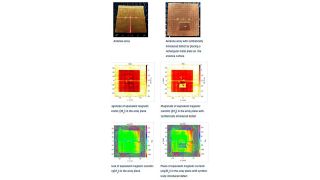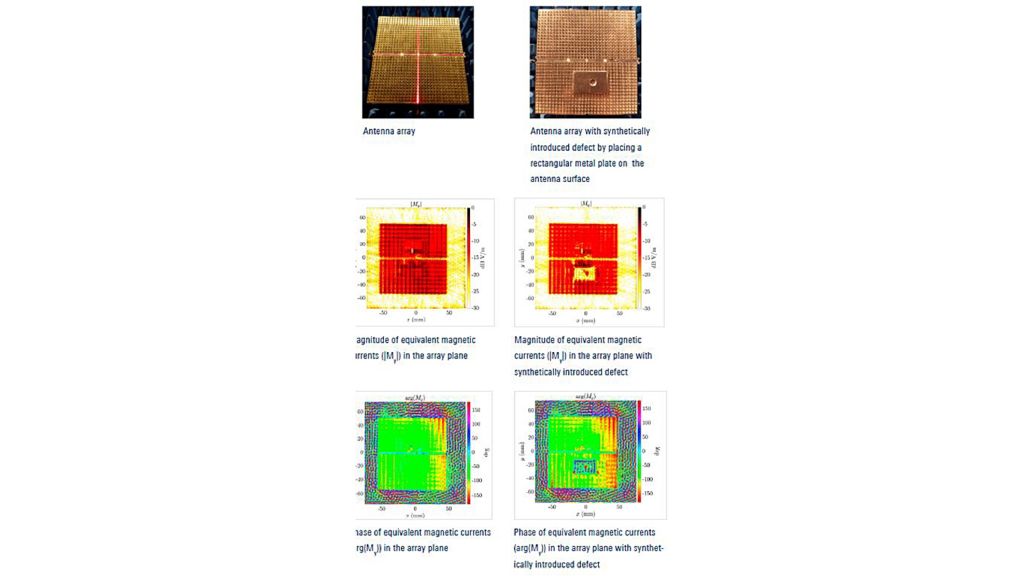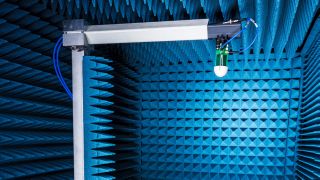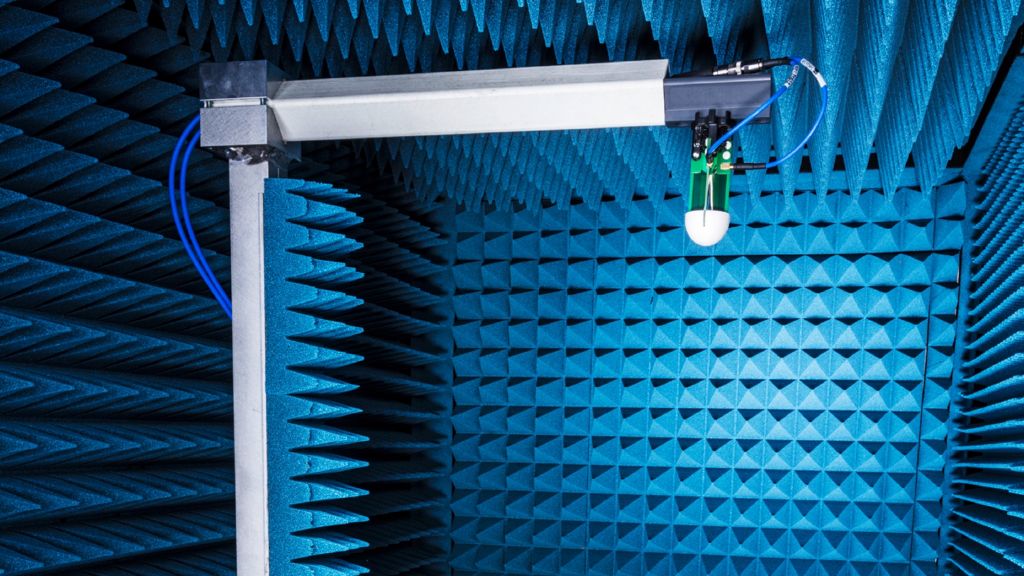Identifying defective single elements in antenna arrays
Fault identification in single elements of antenna arrays by scanning in near-field range and applying the near-field to far-field transformation method.

Fault identification in single elements of antenna arrays by scanning in near-field range and applying the near-field to far-field transformation method.
Antenna arrays have been used extensively in different applications, including satellite and radar. One of the main advantages of using antenna arrays is beamforming. It allows flexibility and control over the antenna radiation pattern, resulting in a more efficient and well-directed beam. This is why massive MIMO antennas play an important role in 5G infrastructures, including mobile backhaul, point-to-point antennas as well as base stations. These arrays make it possible to transmit an extremely high amount of data with ultra-reliable low latency communications in 5G.
The complexity of designing and producing antenna arrays should not be underestimated. In particular planar designs such as microstrip patch antenna arrays are prone to phase errors if RF substrate parameters vary over different production units. Although it is possible to test the RF performance and 3D antenna pattern of antenna arrays over the air, what happens when the measured results differ from expectations? Individual antenna elements may be faulty, but detecting the error within a 64 × 64 antenna array by trial and error is extremely time- and cost-intensive. Hence, finding an alternative, more efficient solution can save a huge amount of time and money.


2D equivalent current plots in magnitude and phase for an antenna array
To resolve this issue, Rohde & Schwarz has developed the ideal solution to efficiently identify individual defective elements in magnitude and phase within an antenna array. Implementing this solution requires an antenna chamber and a high-quality vector network analyzer, for example the R&S®ZVA equipped with the R&S®AMS32 OTA performance measurement software. This setup makes it possible to perform near-field to far-field transformations based on the fast irregular antenna field transformation algorithm (FIAFTA) used in R&S®AMS32.
The measurement procedure for finding defective elements within an antenna array starts with a field measurement that covers at least the main beam region of the antenna array. The probe antenna measures over the sampling grid by moving in both azimuth and elevation withthe help of the 3D positioner. After the measurements, the FIAFTA algorithm is employed during post-processing so that the equivalent electrical surface currents and the equivalent magnetic surface currents can be plotted on an arbitrarily shaped object. The graphical representation of both types of equivalent surface current makes it easy to visualize and differentiate functional and defective elements within the antenna array.


The R&S®ATS1000 includes a high-precision positioner in order to get the 3D data
Antenna test chamber
Depending on the space and frequency requirements, you can choose between the R&S®ATS1000 antenna test chamber and the R&S®WPTC wireless performance test chamber. The R&S®ATS1000 is mobile, compact and has an operating frequency from 18 GHz to 87 GHz for DUTs up to 40 cm in diameter. On the other hand, the R&S®WPTC is more flexible in terms of frequency range and DUT size, covering 400 MHz to 90 GHz for DUTs up to 1.2 m in diameter.
R&S®AMS32 and FIAFTA algorithm
R&S®AMS32 is the base measurement software developed by Rohde & Schwarz to support all related OTA and antenna measurements. The R&S®AMS32-K50 NF-FF transformation option makes it possible to perform accurate near-field to far-field transformations based on FIAFTA. This algorithm was developed at the Technical University of Munich and has been proven to be highly correlated to far-field measurement results. To visualize the equivalent currents of all shapes, both the R&S®AMS32-K52 and the R&S®AMS32-K52U option are required. They make it easy to identify defective elements in an antenna array.
Key features and benefits